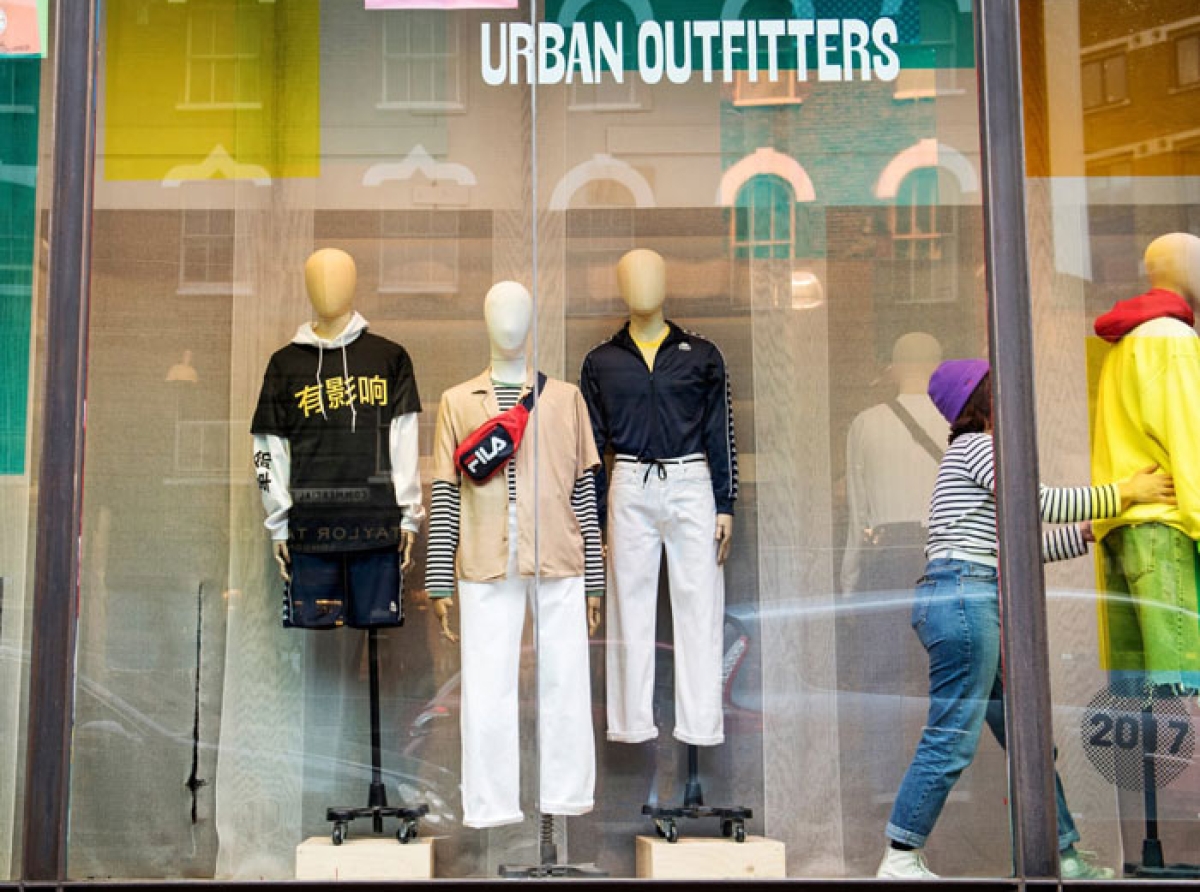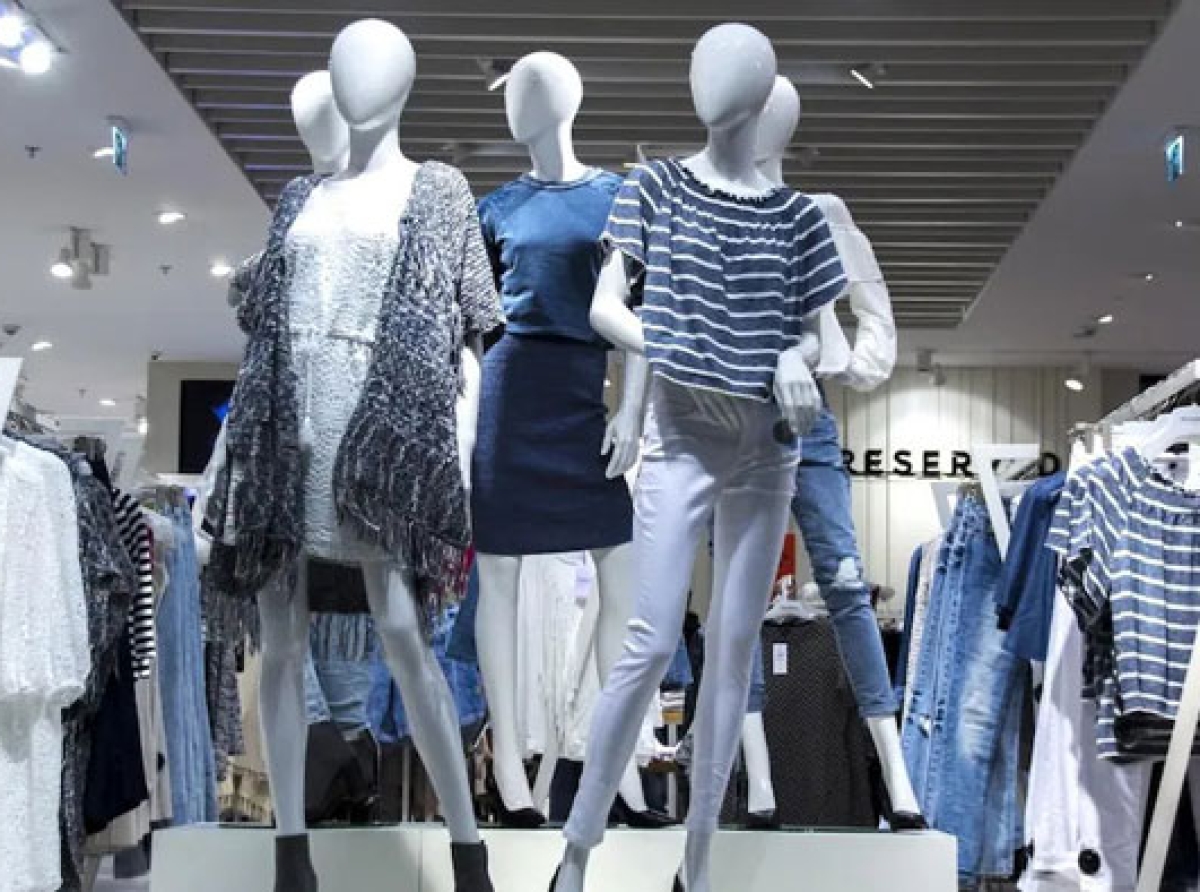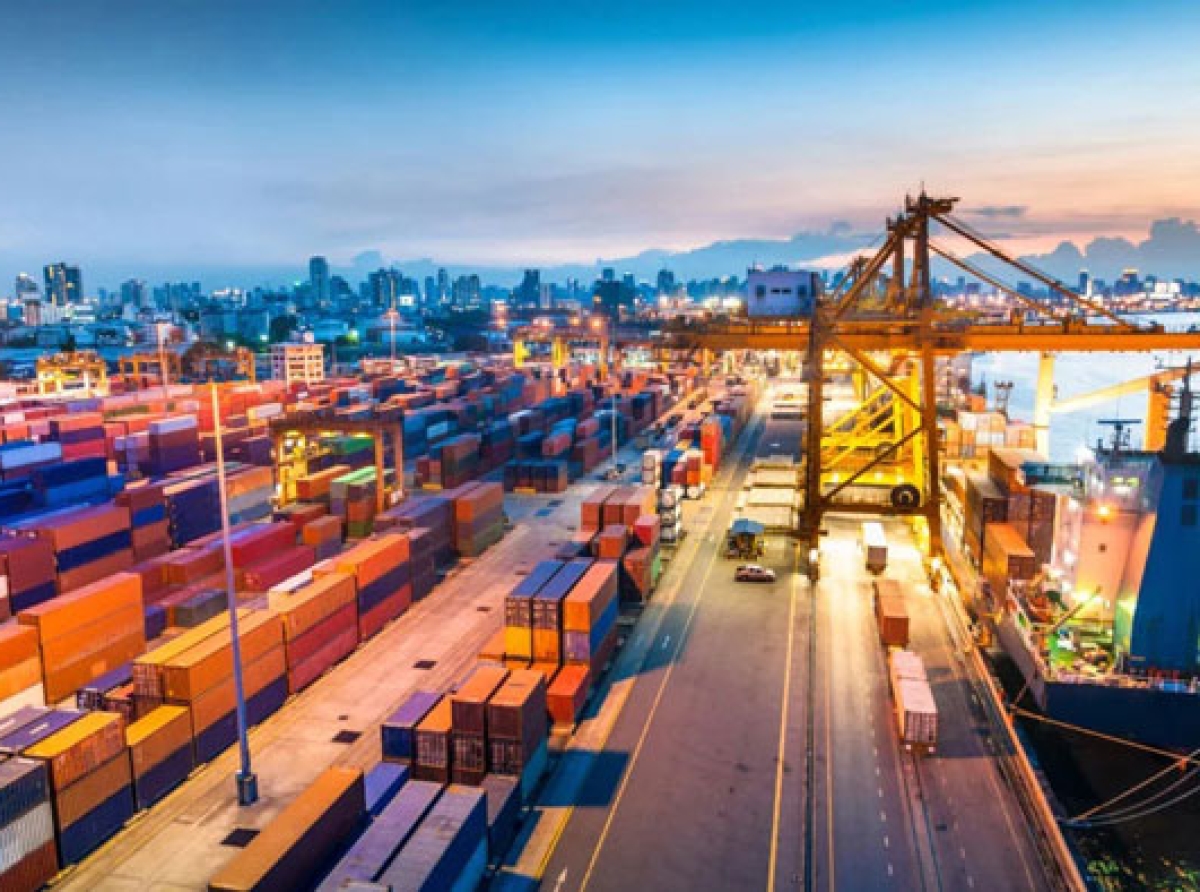13 July 2022, Mumbai:
Decode: Indian T&A impact on the global supply chain
Post-MFA global sourcing status
As per India Brand Equity Foundation (IBEF) report," India is the sixth largest exporter of textiles and apparel products in the world with a massive raw material and manufacturing base".
The Indian apparel sector is preparing for tough times in the international markets, where it will lose customers to competitors and see reduced unit value realization.
India's apparel exports registered more than 30% growth during April-March 2021-22 to $16.02 billion compared to the same period last year, official data showed & industry faces a severe danger from failing to prepare for global competitiveness in the post-MFA age.
The Indian garment sector lacks internationally competitive capabilities, international quality, healthy FDI (foreign direct investment) flows, and progressive government policies even though MFA got abolished in January 2005 & notwithstanding 100% FDI is allowed in the textile sector under the automatic route.
ALSO READ Urban consumers cut back on apparel spending amid rising inflation: Survey

Analyzing the impact on the global supply chain
According to a report by Icra, while China has maintained its dominance in the global markets, other competitors like Mexico and Bangladesh have made quick progress.
Exports of only $5.2 billion in 2000, compared to $36 billion for China and $8.7 billion for Mexico, place India in a precarious situation. Smaller competitors are vying to surpass Indian exports, including South Korea ($5 billion), Indonesia, Thailand ($3.9 billion), Bangladesh ($3.8 billion), and Sri Lanka ($2.3 billion).

ALSO READ CMAI: Covid19 made apparel brands & consumers price conscious
Changing global trade dynamics
On the back of quota policy concessions from the European Union and the US, the two biggest markets for this sector, even Pakistan has raised its exports to $2.1 billion and is striving hard for faster growth.
The South American nation of Mexico had exports of only $0.6 billion ten years ago, and it has experienced phenomenal development. Icra estimates that Mexico's market share in the US increased from less than 1% a decade earlier to approximately 15% in 2001.
Mexico's fortunes have improved recently thanks to the North American Unrestricted Trade Agreement (Nafta), which grants free access to the US market. Similar to this, Bangladesh has made significant progress as a result of quota concessions.
RELEVANT NEWS Consumers look to buy cheap garments from Bangladesh
In Brief
The size of a manufacturing facility that can create a product is critical in determining its success.
The main elements that affect every industry's production scale are labor, land, and machinery. India is fortunate to have inexpensive, plentiful work because of its large population and high unemployment rate.
What plagues the trade is that we are in an inflationary environment posing multiple challenges viz cost of raw materials which have increased unfundamentally due to unpredictable market conditions, weather, policies, and other factors.

RELEVANT NEWS Persistent Inflationary Forces Playing Out & Its Impact On T&A
State of Affairs
The Majority Of Apparel Firms Plan To Increase Supply Chain Transparency By 2027 But Obstacles Remain, A Global Survey By KPMG & SERAI Finds.
As per India Brand Equity Foundation (IBEF) report," Textile trade is the second largest employer after agriculture, providing direct employment to 45 million people and 100 million people in the allied sector".
India has a significant edge over wealthy nations because of its lower pay rates.
RELEVANT NEWS GST MAY DRIVE CONSUMERS AWAY FROM VALUE BRANDS FEAR APPAREL RETAILERS
Missed boat in perpetuity
India's textile and apparel sector may be compared to a rocket that took off towards the stars but lost its thrust somewhere along the way.
India ranks as the second-largest exporter of textiles and accounts for 5% of the world's textile and apparel market, but smaller nations like Vietnam and Bangladesh have a good chance of unseating it.
As per India Brand Equity Foundation (IBEF) report," India’s textile and apparel market size is expected to grow at a CAGR of 10% from 2019-20 to reach US$ 190 billion by 2025-26".

RELEVANT NEWS E-tailer Sales: Going Strong Despite Inflation & Low Consumer Sentiment
Besides, assessing the coronavirus impact on the country's micro, small and medium enterprises, one of the KPMG studies noted that contractual, wage labour will get impacted more leading to layoffs, unrest, and lowering of purchasing power.
India is now only second to China in manufacturing, although it is highly uncertain whether this ranking will remain the same or change.
The Cushman and Wakefield 2021 Global Manufacturing Risk Index stated that India could benefit from relocations from China to other parts of Asia.
Join our community on Linkedin

























